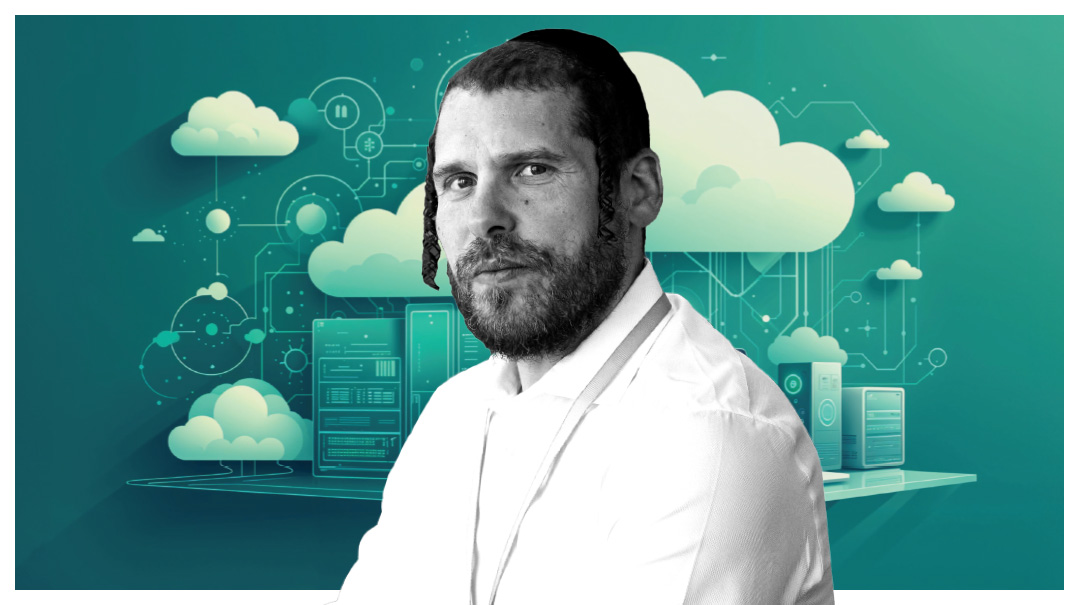BREAKING IT DOWN: INSURTECH

Not all Tech is created equal, Ed Stelzer walks us through the advances of technology driven insurance

Insurance has been sold in much the same way for the past hundred years. Like many industries, though, technology is changing the game. While these advancements are making the insurance value chain better, cheaper, and faster, they’re not without complications. Ed Stelzer helps disruptive companies — like those offering new insurance technology — navigate the regulatory and political landscape as new technologies emerge. Here, he answers the tough questions surrounding these new developments to help you understand the industry and learn how to navigate it seamlessly.
WHAT IS INSURTECH?
Generally speaking, InsurTech, as its name implies, is the application of new technologies to the age-old industry of insurance. These advances stem from the availability of massive amounts of digital data, combined with modern computing power that can analyze data with what we colloquially call “artificial intelligence,” or AI. Applying this technology, along with apps on smartphones that track daily living patterns, insurance companies now have the ability to sell insurance in faster and better ways than ever. Additionally, they are able to sell innovative insurance products that have never been seen before.
WHO NEEDS IT? SMALL COMPANIES? BIG COMPANIES? INDIVIDUALS?
This is the wrong question. It’s not an issue of who needs InsurTech, but, rather, who will be impacted by it. The long-term answer is: Anyone who buys or sells insurance of any kind will be impacted by these innovations. Ultimately, that includes almost everyone, since we all either have or will need various forms of insurance — health insurance, car insurance, life, home, business, and so on. For consumers of insurance, the impact should be mostly positive. By applying newer, faster, tech-driven methods to underwriting insurance policies, and also by making the payment of claims more expedient, insurance will become, overall, a more pleasant and efficient experience.
HOW WILL IT MAKE THINGS BETTER?
The traditional model of purchasing life insurance, for example, typically involves a long, arduous process of reviewing health records, conducting medical exams, and extracting bodily fluids. This tedious and often unpleasant experience turns many buyers away. Instead of making people jump through so many proverbial hoops, there are cutting-edge insurance companies today that are issuing policies, often within 24 hours, after requiring the policyholders to answer just a few short questions online. Insurers are able to offer these life insurance policies so expediently by deploying what’s called “predictive analytics.” Predictive analytics involves using AI computing power, along with well-devised algorithms, to combine responses from online questions with other available data. This allows the companies to price policies with extreme accuracy and speed.
DO YOU HAVE ANY EXAMPLES TO DEMONSTRATE HOW THAT WORKS?
Yes, for instance, in the commercial context, imagine a small-business owner setting up shop for the first time. The owner will need to purchase business insurance as protection against customers’ slip-and-falls, potential injury caused by the products, and the like. Under the old insurance model, the business owner would need to find a broker who sells insurance specific to her particular business, fill out lengthy applications, go through credit checks, and then wait patiently during a laborious underwriting process. (That’s the process in which the insurer determines how much coverage they will off er a given business and what they will charge.) Now, however, with predictive analytics tools, companies are able to streamline this approach by algorithmically combining information about the type and location of each business, data about the products being sold, as well as information about the insurance applicant.
This AI computing technology dramatically speeds up and simplifies the process of buying critical insurance, so that new business owners can get started right away. Another example of an InsurTech innovation is what’s known as “ondemand insurance.” Previously, if you wanted to insure a motorcycle or a speedboat that you only use occasionally, you would have to purchase insurance for the entire year, or, minimally, a whole season. Now, with an app available on your phone, there are insurance carriers who off er to insure your car, bike, and even drone specifically for the time you use it. On-demand insurance makes it much less expensive for consumers to own insurance because they’re able to buy the specific protection they need, when they need it. Until recently, this type of insurance was inconceivable. Finally, there’s a new insurance company that began in Israel, called Lemonade, which offers renters’ insurance. It’s not sold through brokers, nor is getting it a timeconsuming process; all it takes is a five-minute application on a smartphone app.
This company also claims to be breaking world records for expediency in paying claims on losses. This can be accomplished today because of advances in technology that are eclipsing the slower, paperdriven methods. But, like any new development, there are downsides as well.
WHAT ARE THOSE DOWNSIDES?
Not all tech is created equal, and sometimes, things don’t go as planned, especially in the early stages. With something as crucial as insurance coverage, hiccups in the technology could potentially be a cause for aggravation. Additionally, there are real privacy concerns that crop up when people’s personal data becomes part of the insurance sales process. For example, there are now insurers who offer discounts to drivers who agree to install monitoring devices on their vehicles that check driving patterns. While this technology may offer deeper insurance discounts, it could also penalize less conscientious drivers.
The information being collected, including data location, is in the hands of the insurance company, for better or for worse. Providers of insurance, like all businesses that handle sensitive, personal information, must use this information ethically. There are also questions cropping up about privacy issues involving social media. Say, for instance, a young man applies for life insurance online, and after answering affirmatively that he lives a healthy lifestyle, he posts pictures on Instagram of his reckless skydiving. Can the insurance company he’s applied to use that information to deny him coverage or raise his premium?
Additionally, using “predictive analytics” could raise possible issues of discrimination. Here’s an example: Say a business wants to open in a lowincome neighborhood. The AI algorithm analyzing it may make choices that render that business uninsurable. It could place too high a risk on factors in the public domain about that particular business due to its location or the ethnicity of its owner, and could then “decide” that insurance could only be issued at a very high premium, or even denied. The laws and regulations against discrimination must be adhered to, even by computers.
SO WHERE DO PEOPLE COME IN? WILL THIS LEAD TO JOB LOSS?
Insurance is a highly-regulated industry, with regulators located in all 50 U.S. states as well as across the globe. One of the most important jobs of insurance regulators is to protect the buyers of insurance. Until recently, regulators were accustomed to the “old” paradigm of doing business, but many are striving to stay current and keep up with the latest insurance innovations.
These new products and possibilities raise all sorts of never-before-considered issues, and cutting-edge regulators are scrambling to stay abreast of the new technology. That’s where I, and other people, will still come in. Part of what I do is help companies that are disrupting old school industries through innovation to successfully navigate the laws and regulations that haven’t yet responded to the changes that technology brings. This type of tension is happening all over the world in regulated spaces such as InsurTech, financial services, medical technology, and elsewhere. To keep up with these fast-paced technological advances, laws may need to change, or perhaps be enforced using a different approach, which requires a human dimension.
WHY IS IT GOOD TO ALLOW TECHNOLOGY TO “DISRUPT” THIS INDUSTRY?
InsurTech will bring about a more streamlined customer experience, better, more personalized pricing, and innovative insurance options. We are at the inception of this burgeoning field, and exciting innovations are being explored all the time.
Ed Stelzer is an experienced strategic adviser and corporate counsel who specializes in harmonizing the intersection of legal and strategic risks with technological innovation, including the areas of fintech/insurtech, blockchain, data privacy, and cybersecurity. He can be reached at ed@blockAIchain.com.
(Originally featured in 2.0, Issue 6)
Oops! We could not locate your form.













